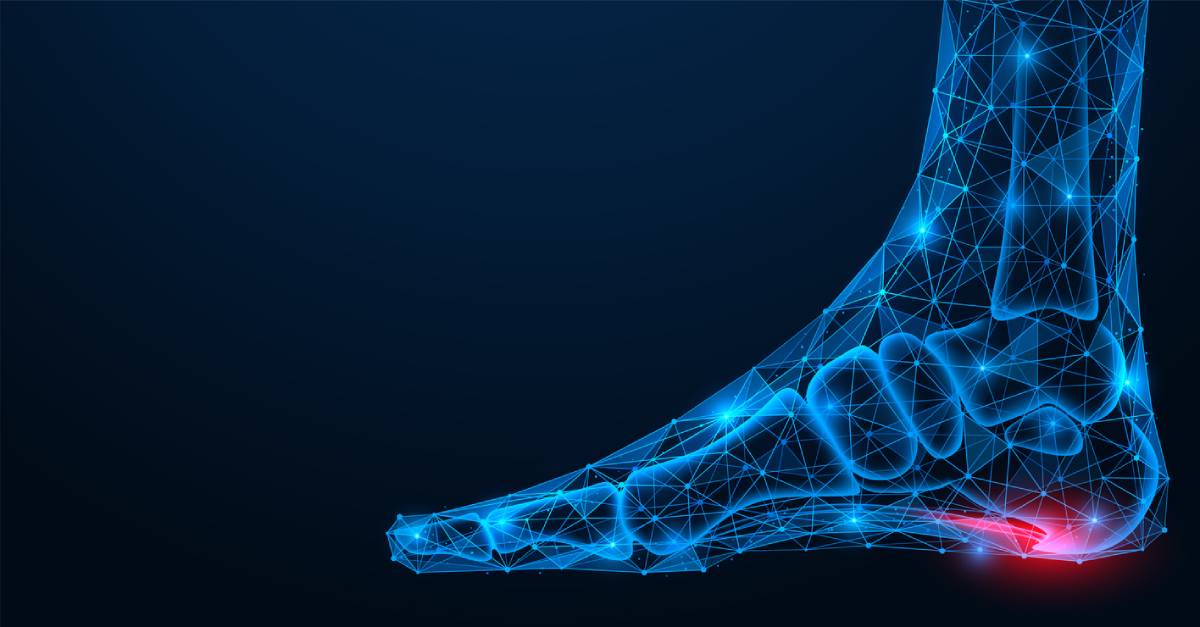Roughly 15% of Americans have heel spurs. Heel spurs are bony-like growths on the bottom of your heel or the sole of your foot. They develop over time and are actually calcium deposits. They are caused by a number of factors, including friction, pressure, and strain. Addressing heel spurs early on is the best-case scenario. This can alleviate your symptoms and get you back to normal. There are a number of treatment options, including surgery. You may wonder, can heel spurs return after surgery? Below you will find helpful information about heel spur treatment and how to prevent the issue from returning.
Can Heel Spurs Return After Surgery?
Heel spur surgery is a highly successful surgery. It involves the removal of the existing heel spur. This can alleviate any pain associated with the heel spur. It can also help you feel comfortable when you walk and wear shoes. If a podiatrist suggests heel spur surgery, the treatment option should alleviate the issue. However, there are some instances where your heel spur can return post-surgery. This is rare, but it is possible if the root cause of the issue is not addressed.
Reasons Heel Spurs Return After Surgery
There are a number of reasons why your heel spurs may return after surgery. This is why it’s important to work with a skilled and experienced podiatrist. They can properly diagnose and effectively treat the root cause of your heel spurs. Below are some of the common reasons you may experience heel spurs after surgery.
Poor Foot Mechanics:
Patients who do not address biomechanical issues with their feet may experience heel spurs again. Issues with your gait or the structure of your foot can lead to excessive strain. This can contribute to the formation of new heel spurs if not adequately addressed. Addressing these issues may require heel spur surgery. This is often done in combination with custom orthotics, proper footwear, and addressing the way you move.
Incomplete Surgery:
Heel spur surgery involves the removal of your heel spurs. If anything is left behind, the heel spur can continue to grow post-surgery. Complete removal is necessary, which is why it is critical to work with a skilled and experienced surgeon.
Scar Tissue:
Scar tissue can form after surgery. This is your body’s natural reaction to incisions and tissue manipulation. However, excessive scar tissue formation is not normal. This can cause unwanted symptoms, such as pain and discomfort. The strain and stress can also lead to heel spurs.
Preventing Heel Spur Formation
Heel spurs are painful and can impact your daily life. Focus on preventive measures to reduce your risk of heel spurs.
Follow Instructions:
Follow your surgeon’s instructions before and after surgery. This ensures that your surgery goes well and reduces your risk of your heel spurs coming back. Talk with them about any issues you notice as you are healing. You should also attend all of your follow-up appointments after surgery. This allows your surgeon to monitor your progress.
Proper Footwear:
Wearing the right shoes can make a huge difference. Choose shoes with proper support, cushion, and shock absorption. Avoid wearing heels or walking around barefoot. This can exacerbate your heel issues. If you have any questions about footwear, consult with your podiatrist at the heel pain treatment center.
Stay Healthy:
Maintaining your overall health is critical. This includes maintaining a healthy weight. Excess weight can place a lot of pressure on your feet and heels. In addition, eat a balanced diet and stay hydrated. A diet rich in vitamins and minerals is helpful as it can support bone health. Regular exercise is beneficial for weight management. Focus on getting at least 30 minutes of moderate physical activity five times per week.
